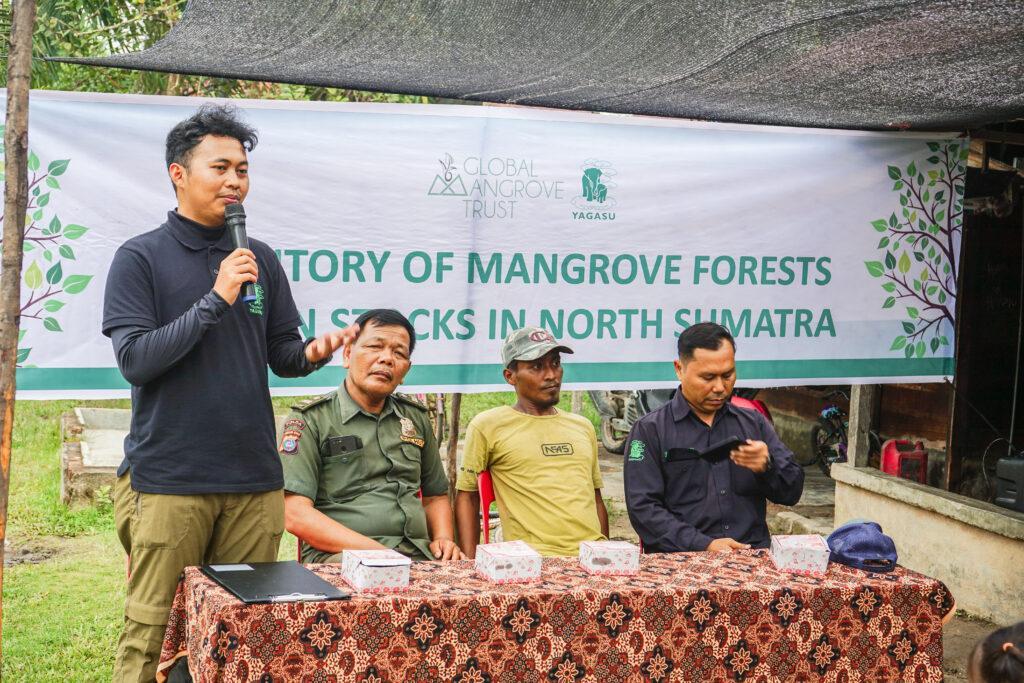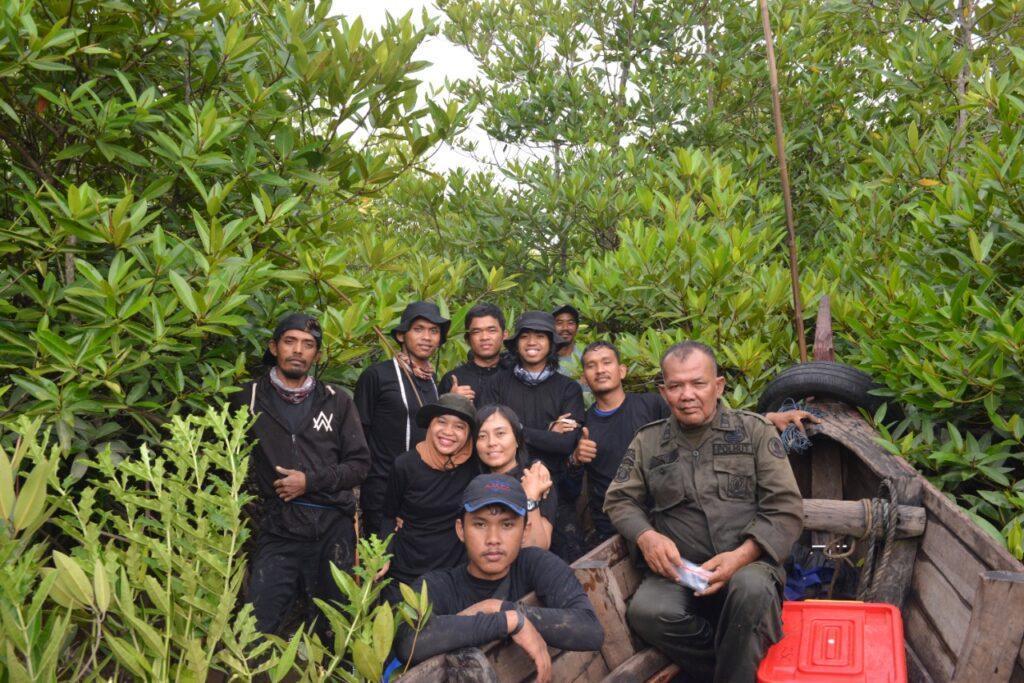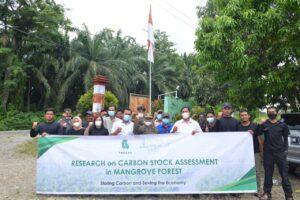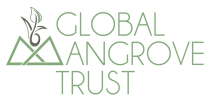Setting the Reference Region and Leakage Belt
Setting the Reference Region and Leakage Belt Once the baseline forest inventories were completed, GMT coordinated with our verification partner, Kumi Analytics, and with YAGASU, to gather additional data for registration with the OxCarbon Standard. In June and July 2022, GMT and YAGASU define the proposed “Reference Region” and “Leakage Belt” boundaries for the project area. These boundaries were then registered with the Indonesian National Registry (SRN) and the OxCarbon Standard. Let’s take a closer look at what these terms mean. The “Reference Region” serves as the basis for determining historical deforestation levels in the area. This information is then used to project where deforestation is likely to occur in the future. On the other hand, the “Leakage Belt” refers to areas where deforestation exceeds the baseline projections, and is therefore considered as leakage. In order to define the leakage belt, GMT and YAGASU performed a survey by consulting local experts and authorities about future planned and unplanned deforestation activities. They also conducted field assessments to gather a better understanding of the local livelihoods. 70 experts were interviewed, with 20 in Pulau Kampai, 20 in Halaban, 15 in Salahaji, and 15 in Pangkalan Siata. It’s important to note that the project area must exclude areas where planned deforestation is taking place. The methodology for quantifying leakage varies based on whether the project is an Ex-ante or Ex-post activity, as well as the geographical factors involved. For example, in Ex-ante activity-shifting leakage, a combination of rural appraisals and expert knowledge is used to define the leakage. On the other hand, in the case of Ex-post leakage, drivers of leakage in the leakage area are identified using remotely sensed data on deforestation and degradation rates. Overall, GMT’s process for defining the “Reference Region” and “Leakage Belt” within the registered project constitute crucial parts of the project baselining, and directly serve GMT and YAGASU to effectively anticipate, mitigate, and monitor potential impacts of deforestation on the project area and its immediate environs. – The Global Mangrove Trust team
Setting the Reference Region and Leakage Belt Read More »




